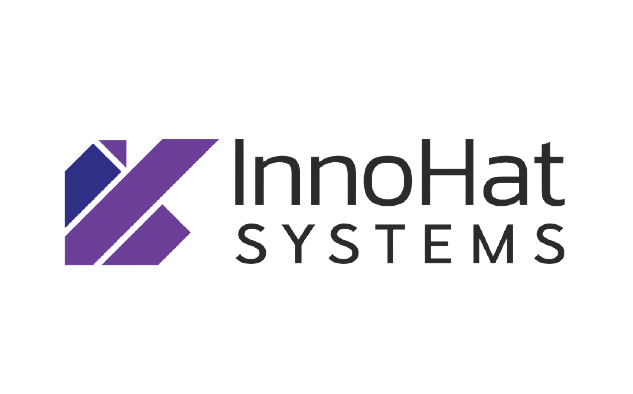Making HCM Work On Cloud part 4 –The deadly ‘D’ factor
By Venkat Aravamudan | October 23, 2017

Data! Data! Data!…I can’t make bricks without clay…….Sherlock Holmes.
Data is another key factor which would determine the project success. Implementers need to be prepared to shout and seek data like Sherlock Holmes did; from the beginning of the engagement till the GO LIVE. As in any other enterprise application implementation, data could drag the project, if adequate importance is not attached to it.
One would encounter any or all of these data related issues in a project
Inadequate Data,
Inaccurate Data
Inconsistent Data
These are far more common in HCM projects since the amount of data being dealt would be enormous. We would beactually dealing with data of each and every employee of an organization (Plus data related to past employees as well).
Any worthwhile HCM solution would have provisions to capture around 500 distinct pieces of employee related information, be it his/her personal information such as contact details, family information, educational details, skills and competencies, marital details, health particulars etc, or assignment information such as job, department, grade, designation, supervisor, subordinates etc or his/her compensation related information.
25-30 pieces out of these, are mandatorily required to implement basic functionalities of HCM. If the organization wants more sophisticated features, naturally more data need to be captured. Hence in order to implement good HCM solution in a 10,000 employee organization, one could safely assume nearly 50,000 – 70,000 pieces of employee data have to be captured.Getting these data on time, cleanly and in the format required is the most challenging aspect of a HCM project.
While many organizations would not face too many challenges in producing employee personal details, as per the requirement and on time; they would invariably struggle to provide assignment related information within the prescribed project deadline.
This is particularly true for large and complex organizations that have scenarios such as multiple reporting, matrix structure, distributed workforce and decentralized HR teams. Large organizations implementing HCM for the first time are unlikely to have proper documented information about employees’ reporting structures, their designations, jobs, departments etc. Manually run or partially-automated, distributed HR teams, are likely to have information silos in this regard. Most often, the employee assignment information would be maintained in various excel sheets by individual unit level HR executives.
Reconciling these information across different HR teams would bethe key contributor for data related delays
Normally HR teams sit to reconcile these information only when the implementer seeks single comprehensive, organization-wide assignment data. If the organization is extremely complex with different entities, this reconciliation might go on for months.If this delay is not budgeted, project would surely overrun.Organizations and implementers are advised to plan this well in advance.
One suggestion to the implementation team would be to share appropriate data templates during the resource mobilization phase itself (before the actual project kick-off), thereby providing additional time for organizations to be prepared with this data.Any amount of additional time in this regard would be highly welcome by organizations.
We, in fact ran a day-long data workshop to one of our clients, even before the order was formally confirmed on us. In a similar workshop, implementers could share the templates and also explain as to how to map their existing data to these templates. This workshop would also provide insights into client’s data maturity (availability, cleanliness and consistency), which would enable to budget the efforts and project duration far more accurately.
It is not only the assignment related data that might be an issue. Very often, even the basic data point such as number of employees, which we assume to be most simple data point, could require reconciliation and might contribute to the delay. This is more pertinent in the cases where the payroll is outsourced to a third party. One could face situations wherein the employee count which the payroll vendor provides and the employee count which is maintained by the internal HR team would not tally.
Hence please do not underestimate the ‘D’ factor………If you misread one ‘D’, you would surely encounter the other ‘D’, which is a deadly D called delay.
In the next article, let us see the P factor affecting the project. Stay tuned till then…
